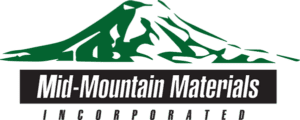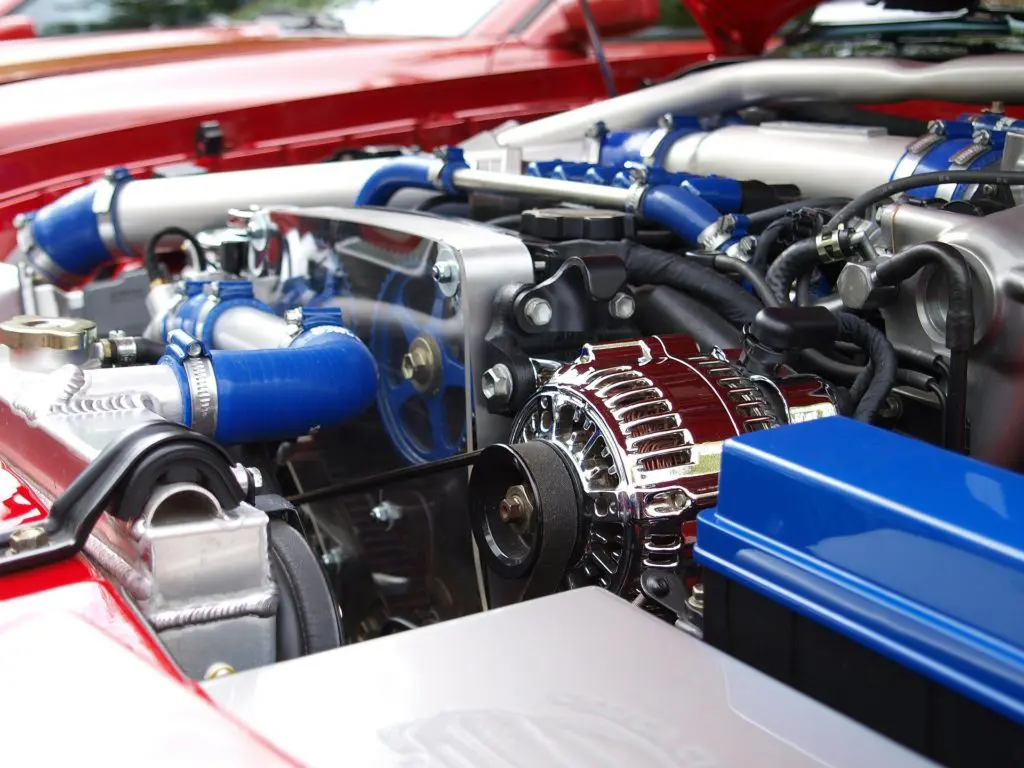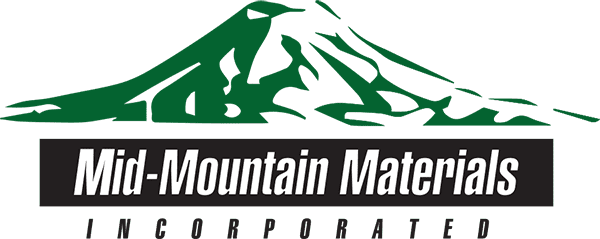Heat shields are critical components used for thermal management in a wide range of applications, and their purpose doesn’t tend to vary much from market to market—whether they are used on a car or a spacecraft.
Essentially, a heat shield is a thermal barrier designed to protect objects from overheating. In the automotive sector, they are typically used to isolate the engine block to prevent heat damage to bodywork and internal components. They can also provide performance enhancements by reducing under-hood heat and intake air temperature (IAT), which is key for optimal engine performance.
In this article, we will explore some of the different types of heat shields and the materials used in their construction. We will also take look at conventional heat shield materials versus more innovative solutions.
Two Types of Heat Shield: Fixed Vs. Flexible
There are two main kinds of heat shields for cars: fixed, or rigid components; and flexible components. A rigid heat shield might be fabricated from solid steel, but given the additional weight and subsequent loss of performance, aluminum sheet is preferable. Aluminum can also be used for flexible heat shields which are more conformable and lighter weight. Conventional wisdom associates thicker, denser materials with greater thermal capacity, but precision thermal coatings have enabled engineers to leverage a wide range of materials for thermal barrier applications.
Thermal textiles are increasingly used for automotive insulation, mainly for exhaust systems and cabin insulation. But high-temperature fabrics comprised of fiberglass or silica with proprietary coatings can also be used for thermal barriers in engine environments. These novel heat shields combine the extreme heat resistance of ceramic coatings with the conformability of thin sheeting, yielding an optimal solution for lightweight heat shielding in automotive applications.
One of the benefits of fabricated heat shields is the reduction of engine block weight which contributes to greater fuel efficiency, faster acceleration, and so on. Their increased formability also makes it easier to shield specific components from under-hood heat, such as the air intake system. By reducing the IAT, engineers can effectively prevent long-term performance reductions associated with temperature-induced engine timing variations. Similar benefits can be obtained by shielding engine mount vents too.
Looking for Automotive Heat Shields?
Mid-Mountain Materials, Inc. is a vertically integrated manufacturer of high-temperature fabrics and textiles for insulation and thermal barriers. Our solutions have been used to shield space shuttles and landers contending with the extreme heat of sub-orbital flight and re-entry. We are also keenly aware of the unique challenges of the automotive sector beyond heat shielding, namely the balancing of KPIs to produce vehicles that appeal to end-users from a number of facets. Contact us today to learn more.


